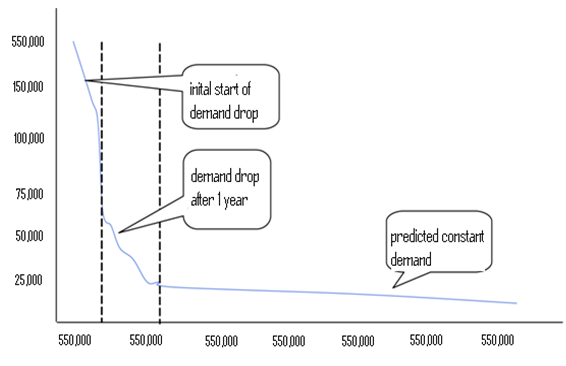Introduction
Any major sporting event whether it comes in the form of the Olympics, the World Cup or a variety of other events has the advantage of creating substantial economic activity within the country it is hosted in.
This is due to the sheer amount of visitors such events draw as well as the greater degree of exposure of the country which results in better prospects for tourism in the near future (Qataris are over the moon, 2011). Despite this, it must be questioned whether hosting such an event will result in economic success or is a potential prelude to potentially disastrous future consequences.
Examining Factors Related to the Local Economy
Ordinarily hosting such an event wouldn’t be a problem if there was sufficient local demand which offsets the costs involved in construction of new hotels, resorts, roads and stadiums for the expected 400,000 guests but the problem lies in the fact that Qatar has a population of barely 1,800,000 people and as such local demand for the new infrastructure developments would be quite low after the 2022 World Cup.
One way of seeing this in action is through the supply and demand illustration in Figure 1. It is assumed that at the start of 2022 World Cup the demand on Qatar’s infrastructure developments will be placed at 550,000 units (400,000 predicted foreign guests and 150,000 local visitors).

The supply in this particular graph will be set at a constant 550,000 thousand estimated real estate units based on the possibility that Qatar will have sufficient infrastructure capabilities to match demand.
At the beginning (meaning during the World Cup) there is a perfect equilibrium between demand and supply however after the World Cup the 400,000 thousand visitors will of course leave. Unfortunately, this leaves the 550,000 real estate units supply which are permanent fixtures within the local economy.
While initially there is a certain degree of demand within the economy from local and foreign sources the fact remains that the law of diminishing marginal utility states that eventually there will be a gain or loss from the continued consumption of a particular unit of supply and this takes the form of diminishing demand within the graph however do take into account that, unlike other types of supply, real estate developments last much longer and aren’t exactly “consumed” in the traditional manner (i.e. hotel rooms, apartments for rent etc.) as such these remain constant.
From the graph, it can be seen that there will be insufficient local and foreign demand to match the supply of real estate units created within Qatar and as a result, this would cause considerable problems within the local economy immediately after the event.
Examining the Decision-Making Process
Various experts examining the bid of Qatar state that this is the country’s attempt at presenting itself as a global destination for business and tourism. The problem with this though is the fact that Dubai, which is quite close to Qatar, has already attempted this strategy with billions poured into infrastructure development culminating in the creation of the Palm Islands, the World Islands and the Burj Al Arab (Irish, 2005).
Taking this into consideration the strategy of Qatar is basically an emulation of what was done in Dubai however it is doubtful that it will be able to succeed given the fact that tourists could just go to Dubai which has a far more established reputation as compared to Qatar.
Furthermore, as evidenced by other countries that have hosted sporting events such as the Olympics and other World Cups, the money poured into the development of event locations is often not profitable (Matthew, 2009).
Conclusion
Based on the various arguments presented it can be seen that while the 2022 World Cup will bring substantial amounts of profit for various local businesses while it occurs it can be expected that after it is over the sheer amount of hyped-up infrastructure development without sufficient localized demand can and will result in problems for Qatar’s economy in the near future.
Reference List
Irish, J. (2005). Bigger, better, bolder. MEED: Middle East Economic Digest, 49(6), 42- 43.
Matthew, B. (2009). Olympic Stadium could turn into a ‘white elephant’ after 2012. Evening Standard. p. 4.
Qataris are over the moon. (2011). Business Middle East, 19(1), 8.